The idea of a foldable smartphone has seen its fair share of supporters and detractors, with the latter group mostly bemoaning their high prices and supposed fragility. Samsung’s taken major steps in addressing those concerns with the Galaxy Z Fold 3 and Galaxy Z Flip 3, two foldables that are priced lower than previous generations and more durable to boot — with an official water resistance rating! This means now may be a good time for skeptics to consider giving foldables a chance. For those who were already on board, Samsung’s two foldables only further confirm that the foldable form factor is here to stay.
But Samsung’s not the only one making foldables — Xiaomi, Vivo, OPPO, and even an obscure brand named Royole have functional foldables out on the market now. Granted, all but Motorola’s and the Huawei Mate XS 2 are officially sold in China only, but importing is possible.
The point is, while 2022 has given us some excellent slab smartphones, the industry all believes the future of mobile is foldable. If you’re interested in trying now or considering it down the line, we here at XDA are here to help. We’ve tested every foldable released so far, and here’s our in-depth breakdown of what each foldable has to offer. Of course, if you want to stick with a slab phone, we have a guide on the best Android phones to consider too.

The three foldables phones from Xiaomi, Samsung, and Huawei
Navigate this guide:
- Best Overall Foldable: Samsung Galaxy Z Fold 3
- Foldable Phone with the Best Camera: Huawei Mate X2
- Best Compact Foldable Phone: Samsung Galaxy Z Flip 3
- Best Value Foldable Phone: OPPO Find N
- Best Foldable for Clamshell Nostalgia: Motorola Razr 5G
- Most Obscure Foldable Phone for Collectors: Royole FlexPai 2
Best Overall Foldable: Samsung Galaxy Z Fold 3

The Galaxy Z Fold 3 has been out for a few months now, and to this day, it remains the go-to device for several of us at XDA. It’s the best overall foldable phone money can buy right now because it takes everything great about the already excellent Galaxy Z Fold 2 and improves in several key areas. The Galaxy Z Fold 3 is more durable, with stronger materials making up the frame and screen, IPX8 water resistance, a newer Qualcomm Snapdragon 888 SoC, increased screen brightness, a bleeding-edge under-screen camera, and S-Pen support.
When folded, the Galaxy Z Fold 3 is a compact, TV-remote-shaped (long and narrow) smartphone, but unfold it and you get a large 7.6-inch screen that looks stunning. You can simply do so much more with a larger screen.
Now there are other foldables on the market that offer the same “large screen in a pocketable package” use case, but no other foldable phone from rival brands can do what Samsung’s foldables can do — “Flex Mode”, a.k.a. the ability to leave the phone half folded, so its screen can stay upright on its own.
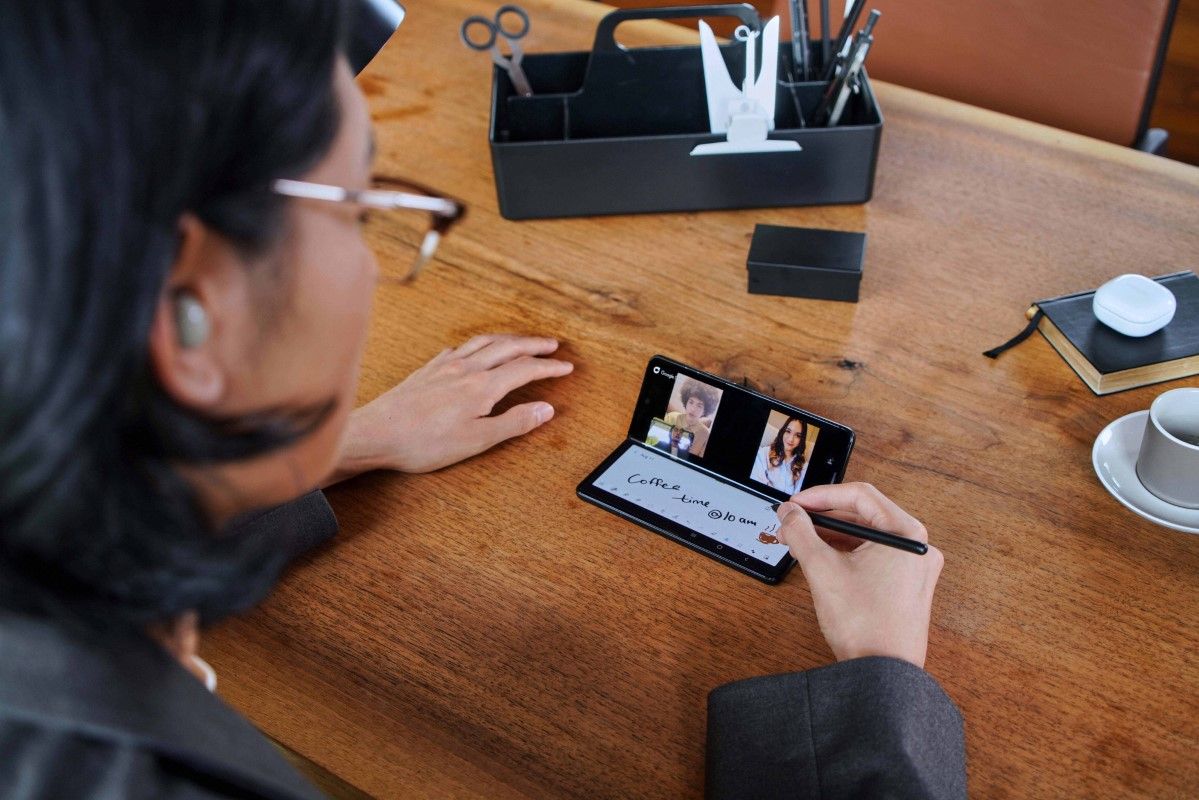

Flex Mode essentially allows the Galaxy Z Fold 3 to stand on its own and shoot pictures or videos with either the selfie or the main cameras without the need for a tripod or other props. I’ve used it to do hands-free video calls, film myself at the gym, and capture time-lapse on a whim. It’s truly an ingenious design and a feature I miss when I use other rival foldables.

S-Pen support is also a potential game-changer, at least for people who like to sketch or jot notes. Note the S-Pen requires a separate purchase, however.
If we must nitpick, it would be that the camera system here is pretty good, and occasionally great, but not amazing. That’s because Samsung recycled the exact same camera hardware from the Z Fold 2 and made only software tweaks. This means the camera hardware here, whether it’s sensor size or megapixel count, is behind the absolute best camera systems on the market right now, such as the one used in the Galaxy S21 Ultra. The lack of a Periscope zoom lens in particular really shows itself in any photos that zooms beyond 2x.
We also have gripes with the under-screen selfie camera inside the larger display — the technology is in its infancy, and the camera underneath the screen is a measly 4MP shooter. It’s fine for video calls, but selfies will be underwhelming. The good news is you can always shoot with the “normal” selfie camera on the outside.
Also Great Overall Foldable: Vivo X Fold

The Vivo X Fold is an inner-folding foldable just like Samsung’s Galaxy Z Fold 3, but it tops Samsung’s device in several ways. The first is the large folding display exhibits a much fainter crease — you can see it at extreme angles, but you can’t really feel it. The second improvement is the device folds entirely flat without a gap. Third, the Vivo X Fold offers an in-display fingerprint reader (the first foldable to do so), and finally, it also packs a Periscope zoom lens that can do 5x optical zoom.
In fact, the other cameras (wide and ultra-wide) are superior to the Galaxy Z Fold 3’s cameras too. Vivo’s optics use newer and larger sensors, and they’re covered by Zeiss’ T-Coating which reduces lens flare in shots. Vivo’s excellent HDR processing wizardry is here too. Elsewhere, the phone runs on a Snapdragon 8 Gen 1 with 12GB of RAM and has a faux-leather back that stands out from the crowd.
If you’re wondering why the Vivo X Fold is ranked behind the Galaxy Z Fold 3 in this category then, it’s because of two reasons: first, the Vivo X Fold is only selling officially in China, so most readers will have to import if they want one. Second, Vivo’s software for foldable screens just isn’t as polished as Samsung’s right now. There are more app scaling issues, the multi-tasking system isn’t as well designed, and other inconsistencies here and there (but don’t worry about Google, as those apps can be sideloaded and run perfectly fine).
So while these factors keep the Vivo X Fold in second place, there’s no denying that Vivo’s foldable hardware is very well made and makes the Fold 3 looks dated in parts.
- The Vivo X Fold has hardware that's in many ways superior to Samsung's Galaxy Z Fold 3 -- but there's more to a foldable phone than just hardware.
Foldable Phone with the Best Camera: Huawei Mate X2

As great as the Galaxy Z Fold 3 is as an overall product, its camera system can’t match the one in the Huawei Mate X2. That’s because the latter features a 50MP large-sensor main camera and a Periscope zoom lens that can produce a 10x optical zoom image. The Galaxy Z Fold 3’s cameras are solid, but their sensor sizes are smaller and the zoom lens maxes out at 2x optical.

There are other areas in which the Mate X2 one-up’s the Galaxy Z Fold 3 too, including the fact the Mate X2 can fold completely flat without a noticeable gap. The screen hinge is also less noticeable.

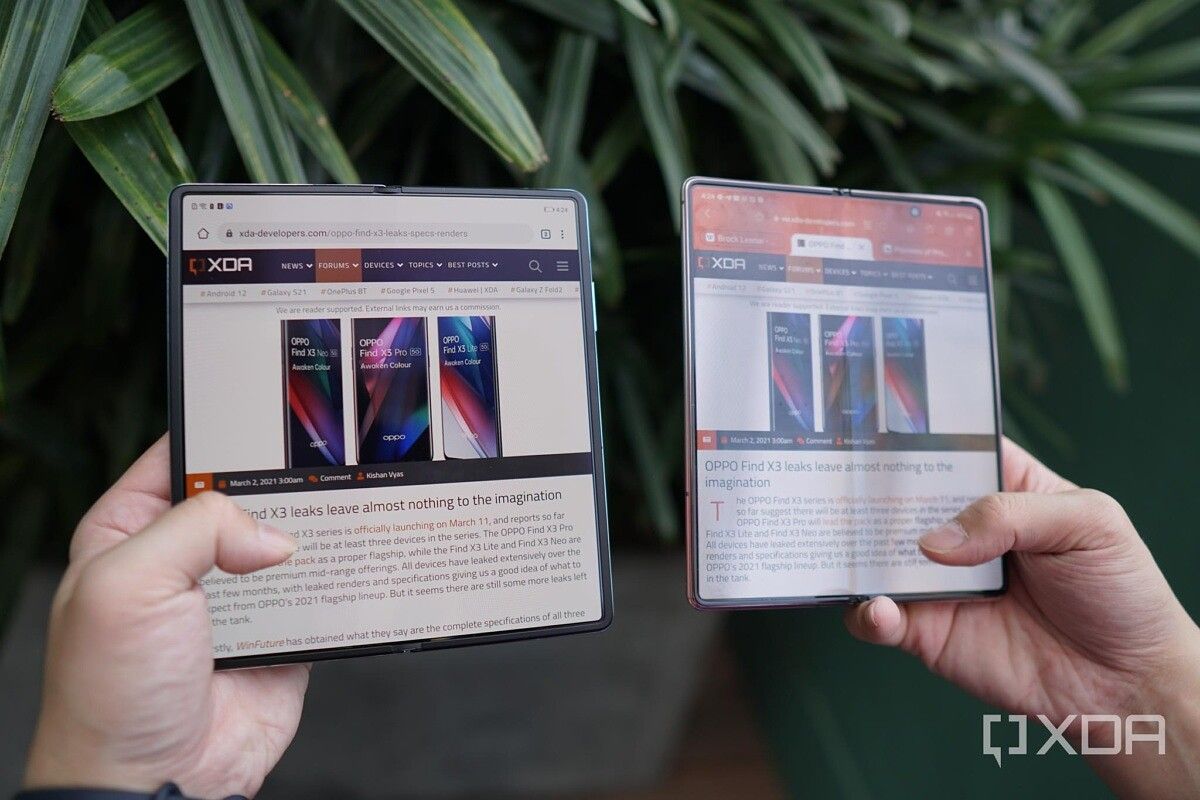
But it comes down to the camera — the Mate X2’s system is in a class of its own in the foldable category.
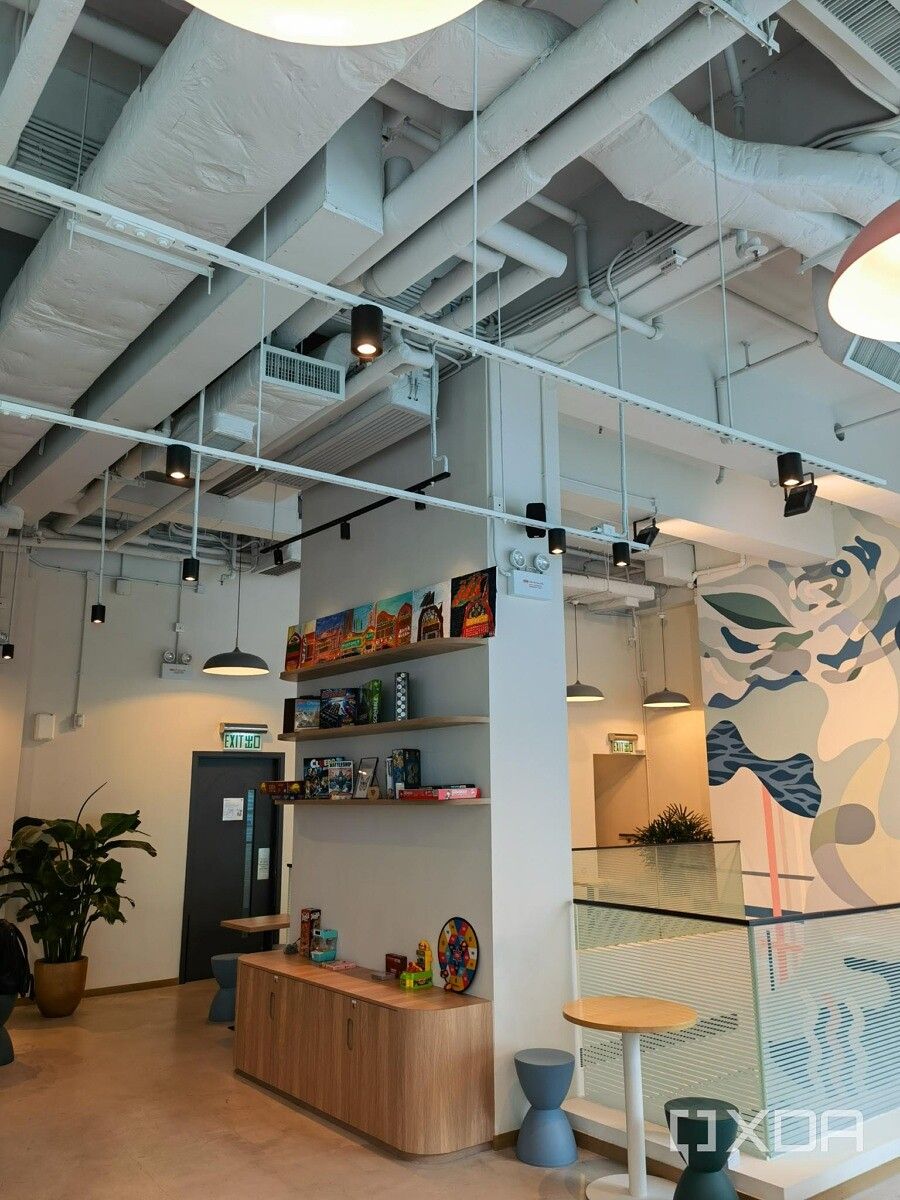
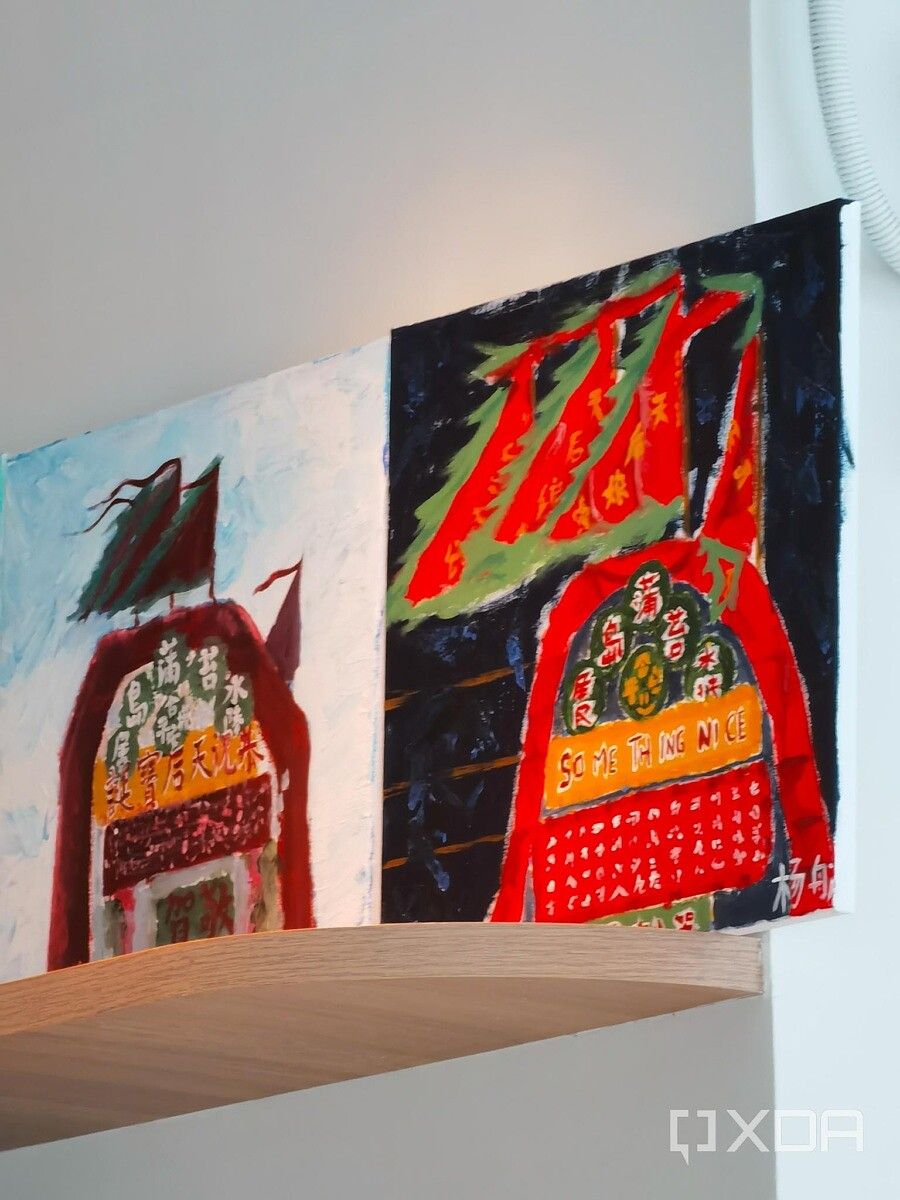
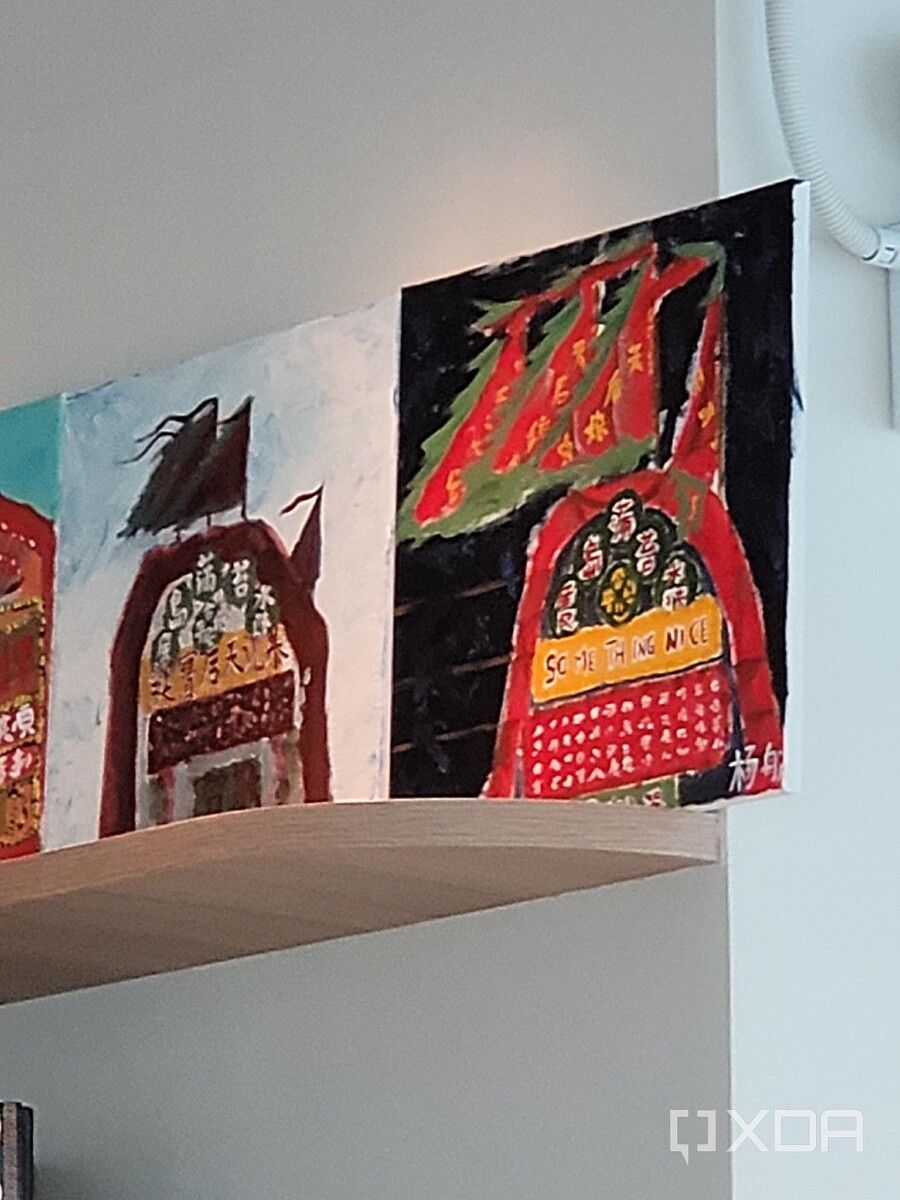
Unfortunately, there are two major obstacles that prevent the Mate X2 from being a viable purchase for most readers. The first is that due to the ongoing US sanctions, the Huawei Mate X2 can’t run Google Mobile Services. The second is the Mate X2 has a whopping retail price of $2,700 and is only sold in China.

But if you have the money to spare, the means to ship it out to you, and don’t mind not being able to run YouTube or Google Docs (among other Google apps), the Huawei Mate X2 is the foldable with the best camera system around.
Best Compact Foldable Phone: Samsung Galaxy Z Flip 3

While large foldables like the phones above are essentially tablets that can fold into a smaller smartphone-sized form factor, there are these clamshell ones that are smartphones that fold up into a compact little square no bigger than a stack of coasters or a wallet. If you find your pockets constantly cramped due to slab smartphones being too big, the Galaxy Z Flip 3 will be music to your ears.

Measuring just 86.4 x 72.2 x 17.1 mm when folded, the Galaxy Z Flip 3 should fit into not just pants pockets (both men’s and women’s), but even the smaller breast pockets in jackets or button-down shirts. It’s also petite enough to fit into most women’s purses. Unfold the device and you have a vivid 6.7-inch OLED display with a 120Hz refresh rate; close it up and the 1.9-inch screen allows you to keep up to date with notifications.

We adore the two-tone finish and find the Galaxy Z Flip 3 to be one of the best looking phones of the year so far. Of course, Flex Mode is here too for easy hands-free selfies.

The Galaxy Z Flip 3 offers a dual-12MP camera system that can capture sharp and vibrant images, although the lack of a zoom lens entirely will be noticeable for those who jump over from a recent flagship slab smartphone.
Performance is no issue thanks to the Snapdragon 888 chip and 8GB of RAM. Despite the thinness of the device, battery life is acceptable, with the Z Flip 3 generally able to barely eke out a heavy day of use. On lighter use days, there will be no issue. You can also top up the phone wired or wirelessly.
This is a phone that some of us at XDA have daily driven for a couple of months now and we have had no complaints. It is as much a fashion item as it is a smartphone.
- The Galaxy Z Flip 3 is perfect for those who want a stylish foldable that won't take up much pocket space and has a wider mass-market appeal. pro1=Cheaper than other foldables.
|
Features: |
|
|
|
Pros: Cons: |
Also Great Compact Foldable Phone: Huawei Mate XS 2

The Huawei Mate XS 2 isn’t a clamshell-style foldable so it’s nowhere near as compact as the Galaxy Z Flip 3. But compared to other large screen foldables — and with a 7.8-inch display, this phone belongs in that category — the Mate XS 2 can be considered compact. Weighing just 255g and measuring 11.1mm in thickness, the Huawei Mate XS 2 is really no bigger than most modern slab smartphones with a case.
Those who are familiar with smartphones should know that the Mate XS 2 is not a new design, but an iterative update on the original Mate X. But that original phone was noticeably heavier at 300g — so how did Huawei shred so much weight? By shrinking the screen slightly (7.8-inches compared to the original’s 8-inches) and using lighter, aerospace-grade aluminum all around the backside.

When the Mate XS 2 is folded, it feels most like a normal slab phone than any other large foldable, so those who find the Galaxy Z Fold series too thick and heavy may like this. The rest of the hardware is almost top-notch too, with a beautiful OLED panel that’s covered by four layers of protective coating, a rock-solid hinge that stays in place, and an above-average camera system for a foldable phone.
However, there are a couple of major caveats. This phone, like all recent Huawei releases, cannot run Google Mobile Services. It’s also running on a last-gen 4G-only version of the Snapdragon 888. Both of these are not small setbacks, so interested consumers need to really think about this purchase.
Best Value Foldable Phone: OPPO Find N

The OPPO Find N is the newest foldable phone on this list, and truth be told, we were very tempted to put this in the top “best overall foldable” spot ahead of even the Galaxy Z Fold 3. The reason is that the Find N’s hardware is impeccable, arguably better than Samsung’s. For example, the Find N’s 7.2-inch main screen has a far less noticeable crease than the Galaxy Z Fold 3’s — this is thanks to a hinge design that allows a small cavity into which the phone screen tucks — and the Find N’s hinge can fold completely flat.
Some of us at XDA are also fans of the Find N’s screen size and aspect ratio — when folded up, the Find N has a 5.5-inch, 18:9 screen that feels much more like a regular smartphone display than the Fold 3’s elongated, narrow 25:9 6.2-inch display. And just like the Galaxy Z Fold 3, the Find N runs on a Snapdragon 888, 12GB of RAM, and has a 120Hz variable refresh rate main screen covered by UTG (ultra-thin glass). So it is a very polished piece of hardware.
There are some areas the Galaxy Z Fold 3 still wins: for example, Samsung’s foldable has official IP-rated water resistance and it can also support the S-Pen stylus (a separate purchase, however).
Still, the Find N’s biggest jaw-drop factor is perhaps its price: it sells for just around $1,206, but unfortunately, the phone is only sold officially inside China. And that’s what ultimately made us give the top spot to the Galaxy Z Fold 3 because it can be purchased worldwide. The Find N, for most people, is an import-only device. Importing drives up the price, not to mention complicates matters like warranty and repair. But honestly, if all things were equal and the Find N was selling officially in the same region as the Fold 3, some of us at XDA believe the Find N is a better buy.
Also great value foldable phone: Xiaomi Mix Fold

Before the $1,200 OPPO Find N came along the Xiaomi Mix Fold’s roughly $1,500 price was considered a great deal for a large screen foldable, and the good news is many retailers have slashed prices for the Mix Fold since so now it, too, can be had for around the $1,000-$1,200 range. However, the Mix Fold’s shortcomings are now glaring with the existence of the Find N. For example, there’s a very noticeable crease on the main display, and the Mix Fold’s outside cover screen is even taller and narrower than the Fold 3’s already a bit cramped display.
But the Mix Fold packs a great 108MP camera that produces very natural bokeh, and the “liquid lens” which can double as both macro and telephoto zoom lens is still impressive on paper (although resulting photos are just okay).
Perhaps the biggest selling point of the Mi Mix Fold over other foldables is “PC Mode” which turns the UI into one that resembles a desktop computer interface with support for resizable windows.

Dollar for dollar, pound for pound, the Find N is the better foldable, but the Mix Fold has its appeal too if you are a particular Mi fan.
Best Foldable for Clamshell Nostalgia: Motorola Razr 5G

If you’re in your mid-30s or older, the chances are you have fond memories of using cell phones before they became personal computers and selfie machines — when a phone was just used for calling people. Back in the late 90s and early 2000s, cell phones came in all shapes and sizes, but one of the first phone models to really catch on as a status symbol and style icon was the Motorola Razr, a clamshell flip phone with metallic trims and an at-the-time impossibly thin design when unfolded.
For those of us who lined up to buy the original Razr in 2004, Motorola’s recent relaunch of the line — but as a foldable phone — likely resonated with our nostalgic side.

Like the original, the Motorola Razr 5G features a prominent chin, a thin body when unfolded, and a small outside screen that offers basic functionality like taking selfies or seeing notifications.

The Razr 5G’s 6.2-inch OLED screen isn’t the brightest or sharpest screen on this list, but it doesn’t have much sign of a crease thanks to some clever engineering. Motorola’s software is also a joy to use, with many useful shortcut gestures and the ability to interact with notifications while the device is folded, something the Galaxy Z Flip can’t do.

There’s however just one main camera, a 48MP camera that’s just serviceable, with an additional 20MP selfie camera on the inside of the phone that’s housed in a notch. The Snapdragon 765G here isn’t a flagship SoC, but performance hasn’t been an issue at all.
Truth be told, the Galaxy Z Flip 3 is a better phone, but the much larger outside screen and Motorola Razr branding give this phone specific appeal to a specific group. It’s a wonderful throwback to the days when Motorola was one of the world’s biggest and most important phone makers.
- Motorola Razr 5G is a phone that is at once a throwback and a futuristic cutting-edge foldable.
|
Features: |
|
|
|
Pros: Cons: |
Most Obscure Foldable Phone for Collectors: Royole FlexPai 2

Most people shouldn’t buy the Royole FlexPai 2. It’s sold only in China, it’s made by a smaller company without the track record and reputation of a Huawei or Xiaomi, it’s got a more fragile design than everything else on this list, and the phone can’t run Google Mobile Services.
But if you’re a diehard tech enthusiast — let’s say you’re a collector, or maybe a foldable phone historian — the FlexPai 2 may be of interest because Royole actually beat Samsung and Huawei to the market with a foldable phone (the original FlexPai), and the company has said it will keep making foldable phones.

Plus, the FlexPai 2’s hardware isn’t bad at all. The phone utilizes an outside fold design in which the flexible OLED screen wraps around the device when folded, the device folds completely flat and is noticeably thinner than the Galaxy Z Fold 2.

When unfolded, you get a 7.8-inch OLED display that looks good, but not great. It refreshes only at 60Hz and feels more plasticky than other foldables. The 64MP main camera does a surprisingly decent job, but the other cameras, including the 16MP ultra-wide and 8MP telephoto, fall apart in less-than-ideal lighting conditions. The cameras aren’t terrible per se, they’re just the worse on this list. Software is also below par, with a wonky split-screen mode, though the Snapdragon 865 keeps things running zippily.

I’m also not sure about the outside fold design that sees the screen exposed at all times. This is the route Huawei went for a couple of years before completely backtracking and going with the inward-folding route. Still, the FlexPai 2 looks really cool — I like the silver aluminum metallic finish.
More foldables are coming soon – Here’s what to expect
As we said at the beginning, foldables are the future of the mobile industry. The Galaxy Z Fold 3 and Galaxy Z Flip 3 do an excellent job of addressing some of those concerns from foldable skeptics, while the Vivo X Fold shows it’s possible to have flagship components like a Periscope camera and in-display fingerprint scanner in a foldable.
Personally, we love both the Galaxy Z Fold 3 and Galaxy Z Flip 3, as well as the OPPO Find N. The Vivo X Fold is a contender too but the software needs more polish. The good news is Samsung is surely seeing all these breakthroughs by Chinese brands, and the Galaxy Z Fold 4 and Z Flip 4 should incorporate many of these new improvements.
The post Best Foldable Phones: The Top Folding Smartphones that you can buy in 2022 appeared first on XDA.
from XDA https://ift.tt/R3xOmGy
via IFTTT





Aucun commentaire:
Enregistrer un commentaire